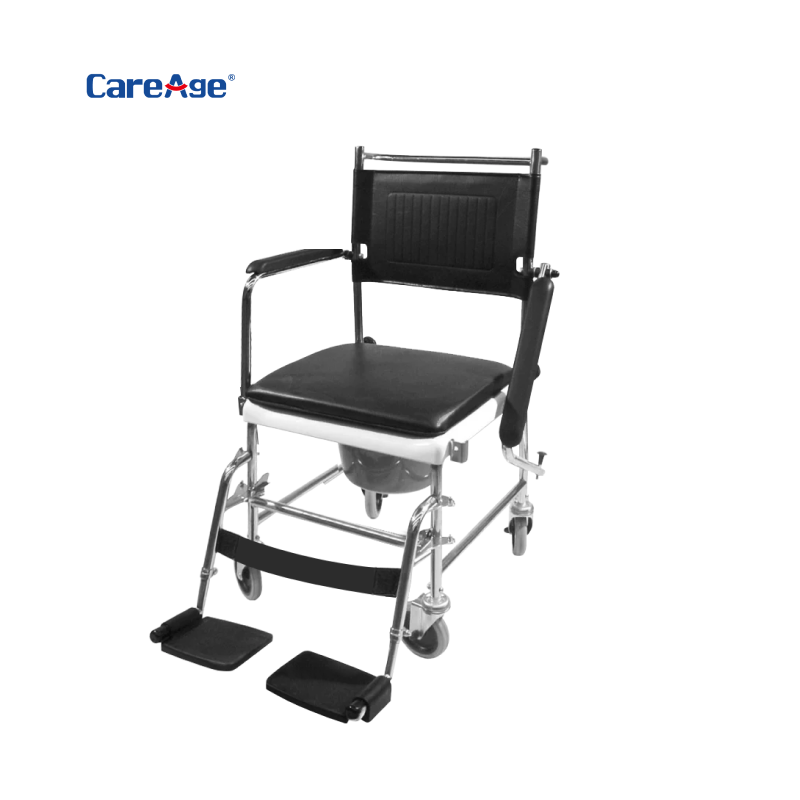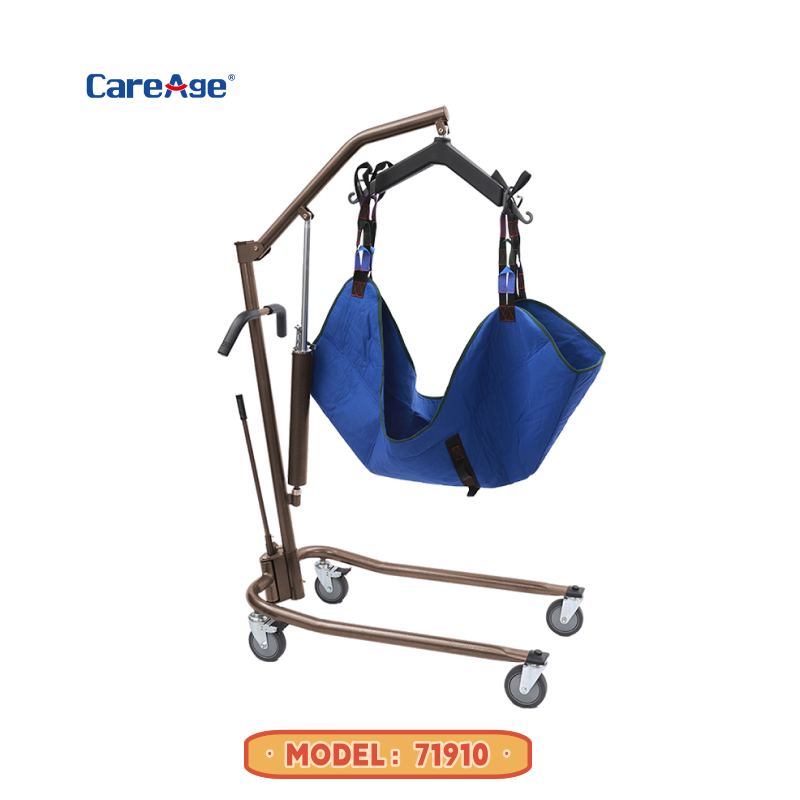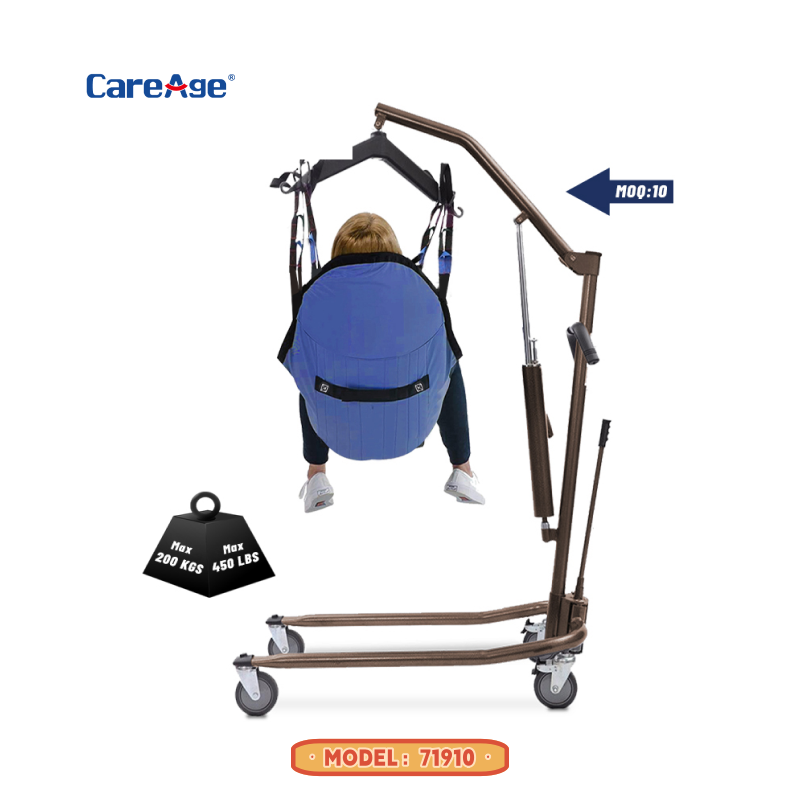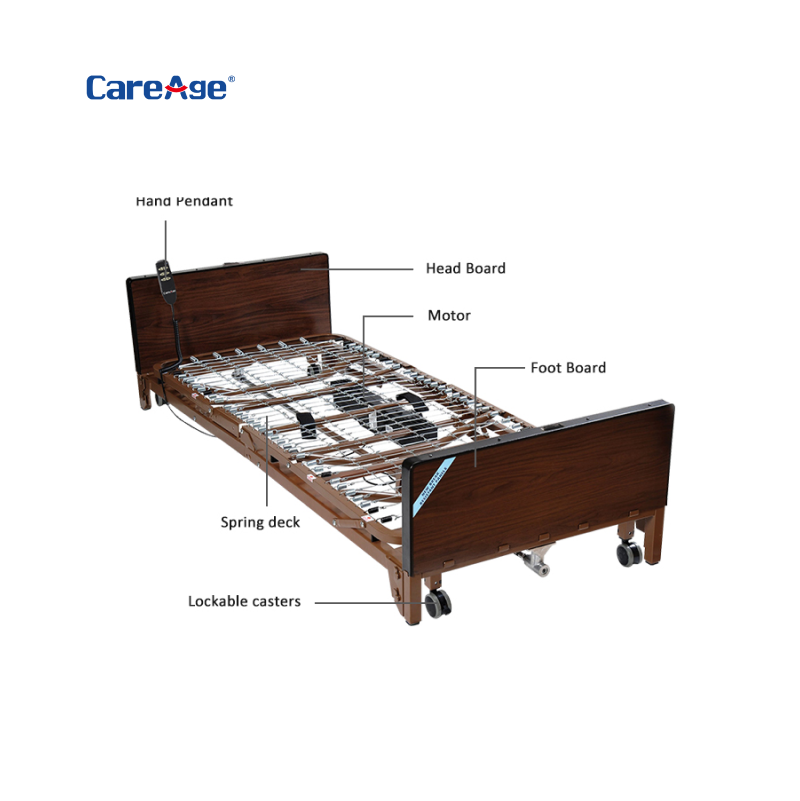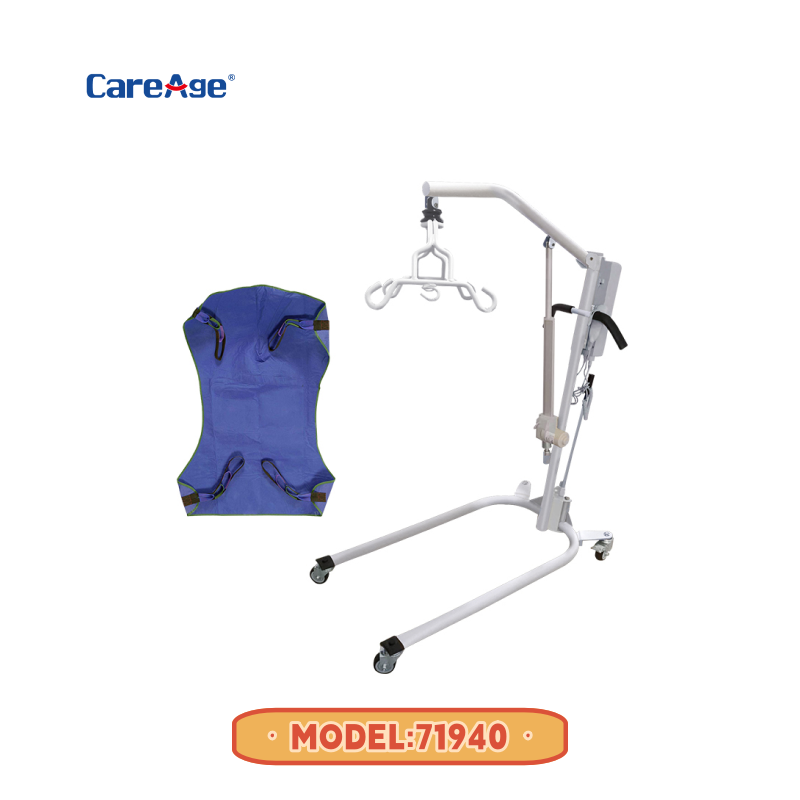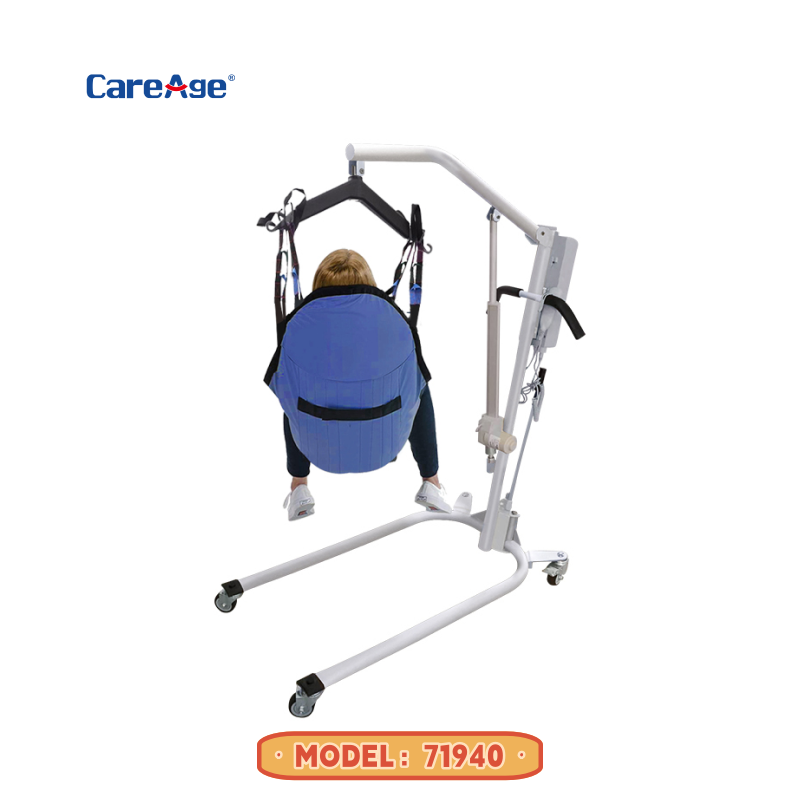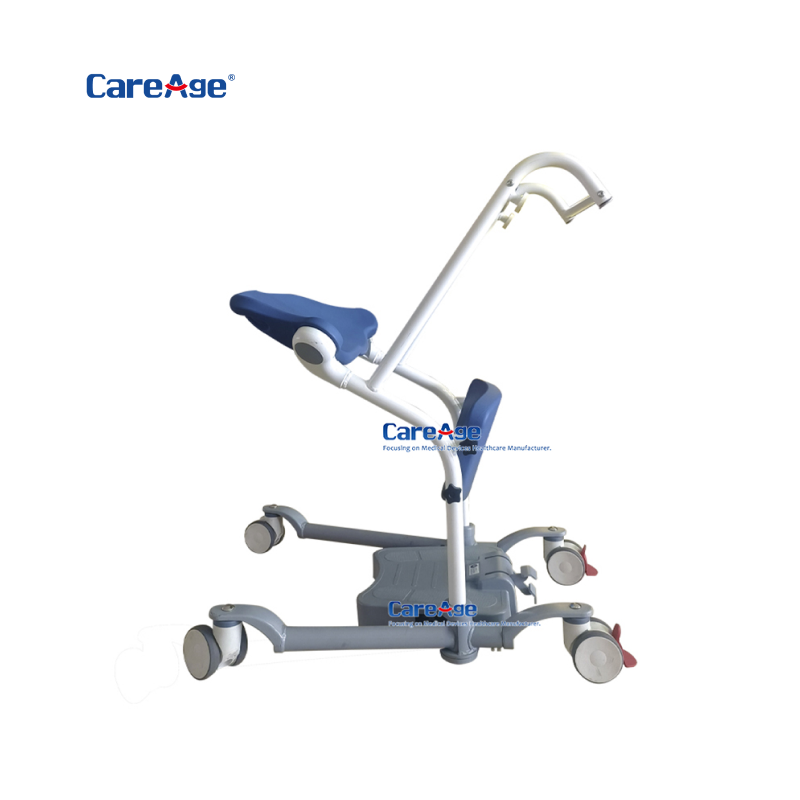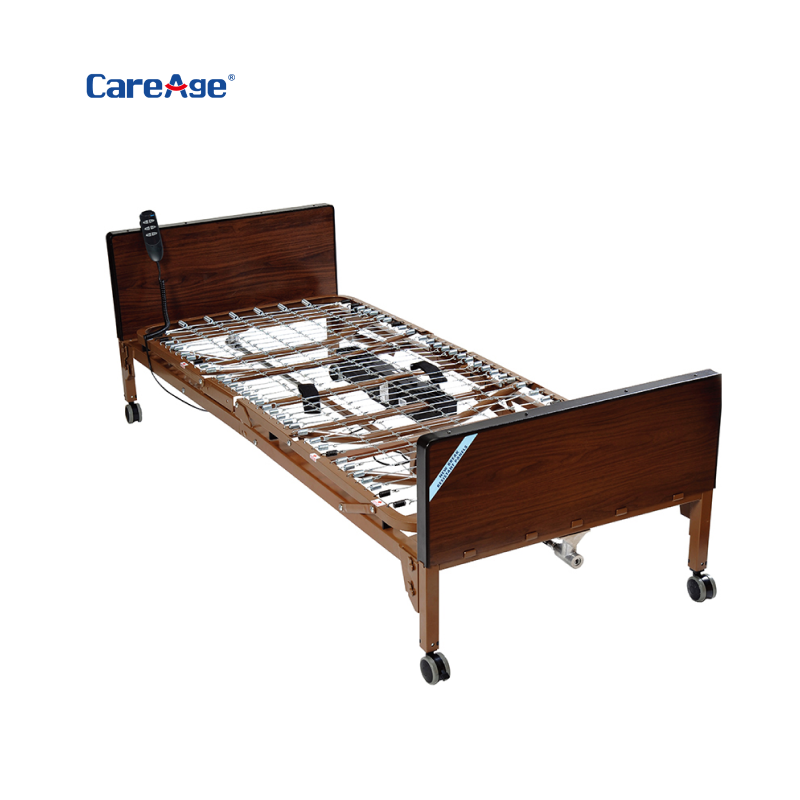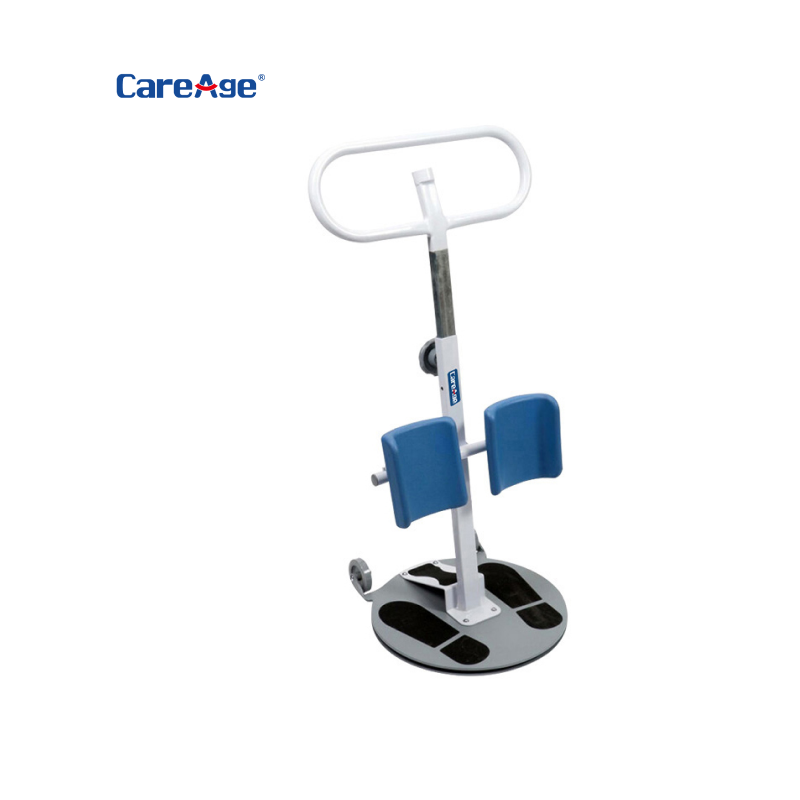Choosing the right homecare bed is essential to ensuring comfortable, safe, and effective care, especially when your loved one requires long-term bed rest. In this article, we' ll guide you through the key factors to consider when choosing a homecare bed. Whether you're recovering from surgery, managing a chronic condition, or caring for an aging family member, the right homecare bed can significantly improve your quality of life.
Factors to choose a homecare bed:
Adjustability: Different sections of a homecare bed, such as the head, foot, and middle of the Semi-Electric Bed, can be raised or lowered as needed to allow patients to get a good night' s sleep or maintain a good posture before treatment. Adjustable Semi-Electric Beds can help users manage a variety of health conditions.
Mobility and Transfer Assistance: Homecare beds come with side rails that provide important support for safely getting in and out of Low Bed. Our models also include an adjustable lift mechanism that allows the height of the Low Bed to be changed. This feature is particularly beneficial for safely moving patients in and out of Low Bed, minimizing the risk of injury.

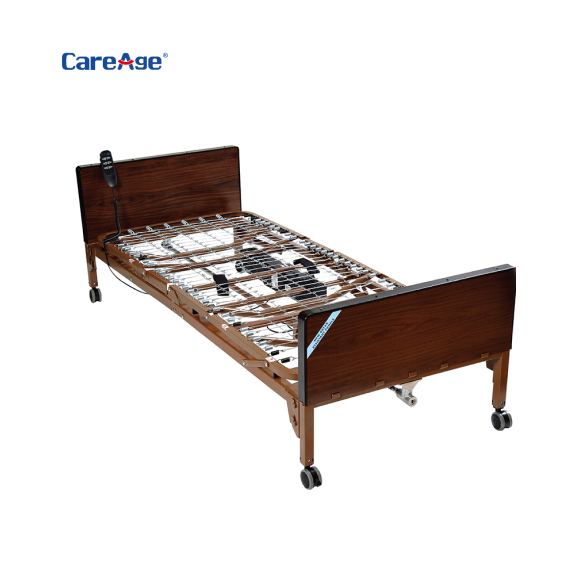
Types of Homecare Beds:
Low Beds: These are designed for patients with a high risk of falling out of Semi-Electric Bed. Their height can be reduced to minimize the risk of a serious injury if a fall occurs.
Bariatric Beds: These types of Low Beds are specially designed to accommodate larger patients. They typically have a wider and sturdier frame and heavy-duty motors designed to raise, lower, and adjust them.
Semi-Electric Beds: The motor of a semi-electric bed is designed to adjust its head and foot, but not height (this can be adjusted manually).
Choosing a Homecare Bed:
Size and Fit: Ensure the Low Bed fits in the available space, is the right size for the user, and provides enough room for the patient to move comfortably.
Safety Features: Look for a Low Bed with side rails designed to help prevent falls. If the Low Bed will be moved frequently, make sure it has lockable wheels.
Ease of use: Make sure the Low Bed you are considering has easy-to-use controls, so even a person who does not know how the bed works can adjust its height easily.
Mattress Compatibility: Some people, especially those with joint or back problems may need specially designed mattresses that provide extra support. The Low Bed you choose should be compatible with the type of mattress needed.
Durability: Look for a Low Bed made of high-quality, sturdy materials known to stand the test of time
CareAge is a renowned supplier of medical care equipment. Our Low Beds are equipped with a range of features designed to maximize user comfort and convenience. For more information, please contact us directly.


